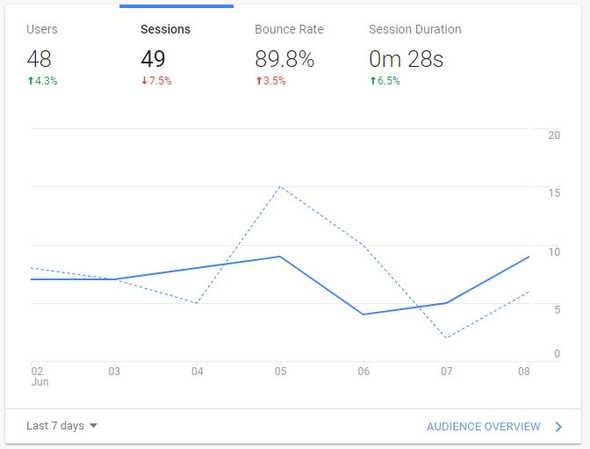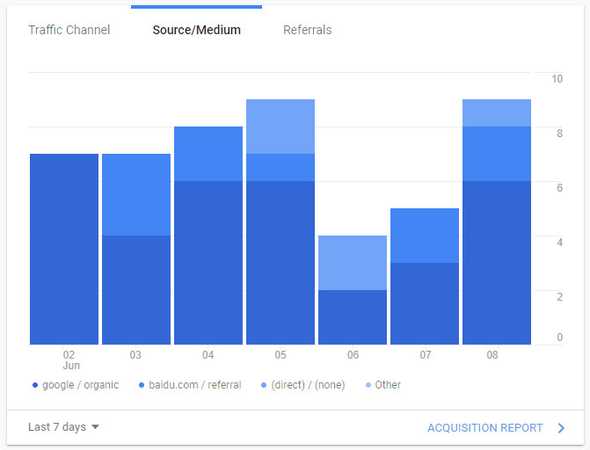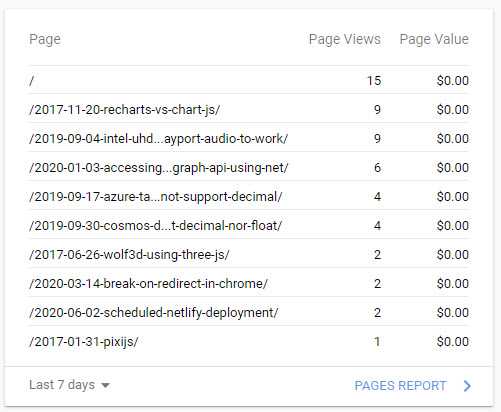I am a huge fan of static web-sites with no fuss, especially in regards to blogs where ease of consuming information is the key. Recently, I have been looking into site generator frameworks to help generate fast and ‘no fuss sites’. One of my consultant buddies recommended me to look into ‘Gatsbyjs’.
So I did! Gatsbyjs is a site generator for React. It provides the ability to generate HTML based upon one or more React templates. What makes Gatsbyjs a bit special, compared to some of the other site generators that I have seen, is the fact that it abstracts away the file system (and other data sources) using a GraphQL.
GraphQL is a query language for API’s. Using GraphQL, one can request what is needed, including references to other resources, by specifying a query containing the types of resources and their relations to other resources. Compared to a REST API, which typically returns a predefined representation, GraphQL allows much more control and is type-safe since the resources are described as types (including references to other types) and not as endpoints .
Gatsby provides the ability to source data from many different sources: file-system, sql, mongodb, rest, etc. into GraphQL. In addition to being sourced, data can also be transformed, e.g. Markdown can be parsed for easier consumption, images can be optimized for the web, etc..
Pages can be generated in many ways. Simplest way is to put a React component into src/pages, which in turn is rendered to HTML and copied to output. Pages can also be generated programmatically, using the createPages API, or by importing a plugin.
Pages can run GraphQL queries that return data previously sourced, allowing the page to be populated with data from the GraphQL server and in turn statically generated and saved in one or more HTML files.
Gatsby also supports Reacts concept of “hydrate”, making it possible to add client-side React to a static generated page and thus provide app like functionality when all JS files have been loaded.
Next step for me is to try to implement this Blog using Gatsbyjs and see how it performs and manages - and if the results are good! Move my blog 100% to Gatsbyjs.




